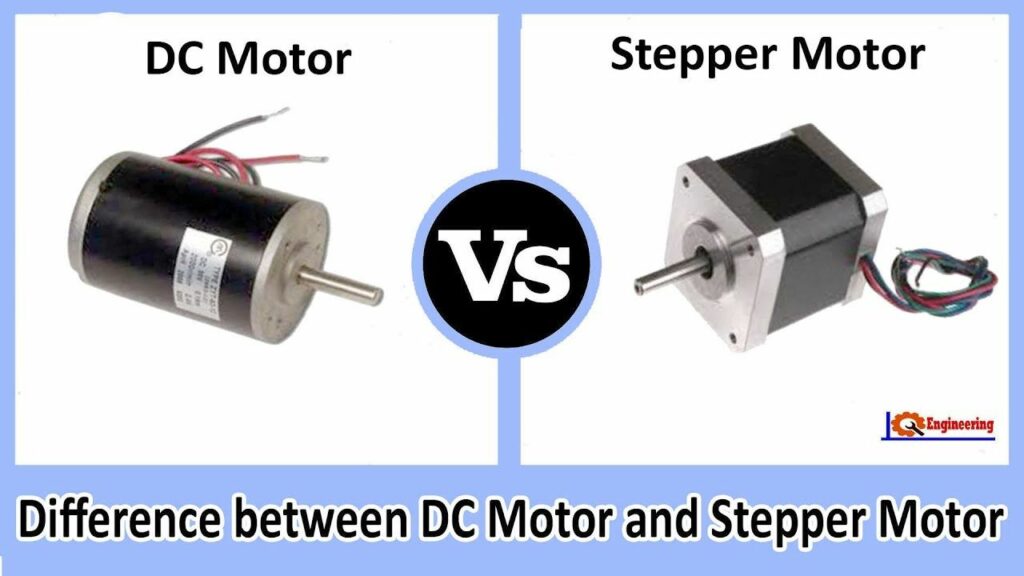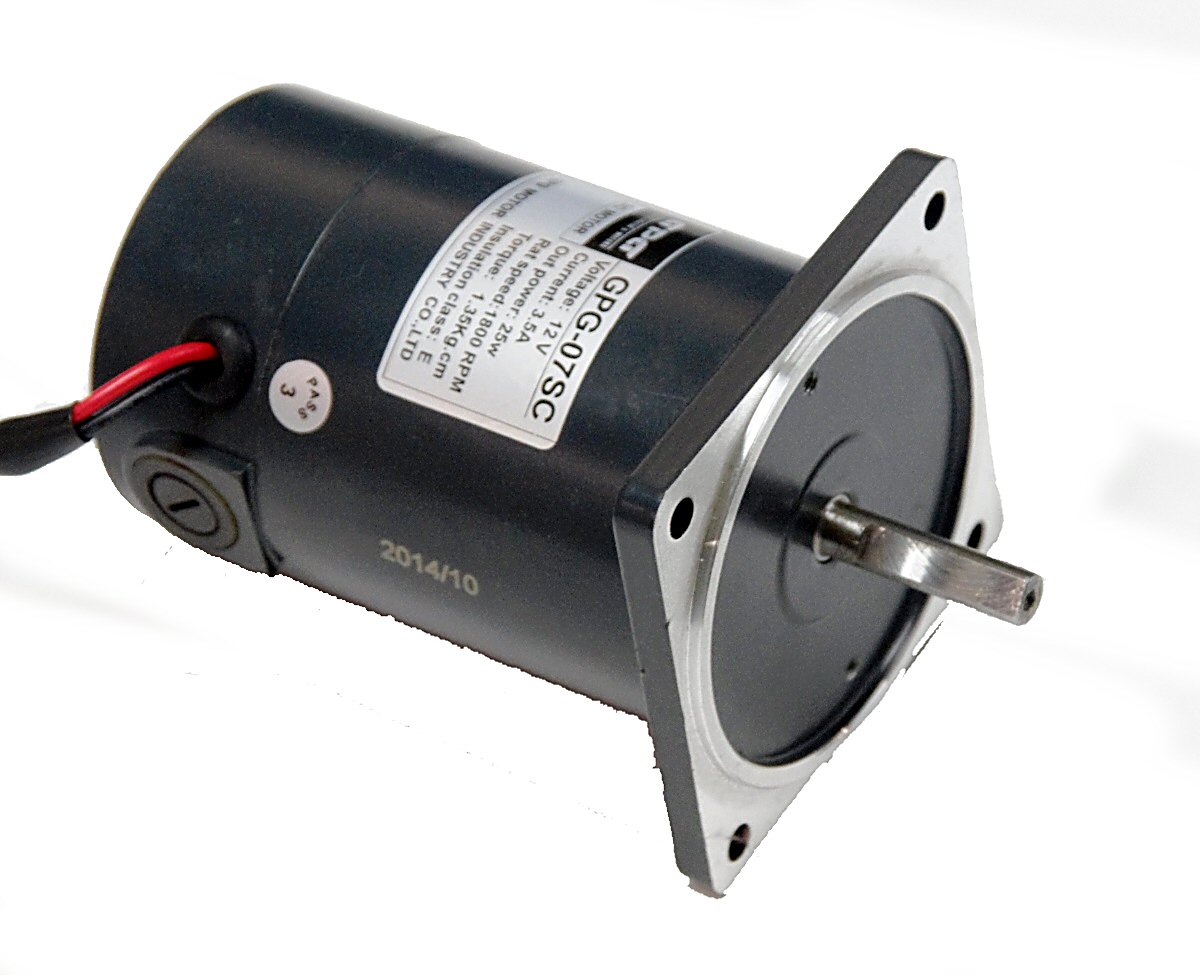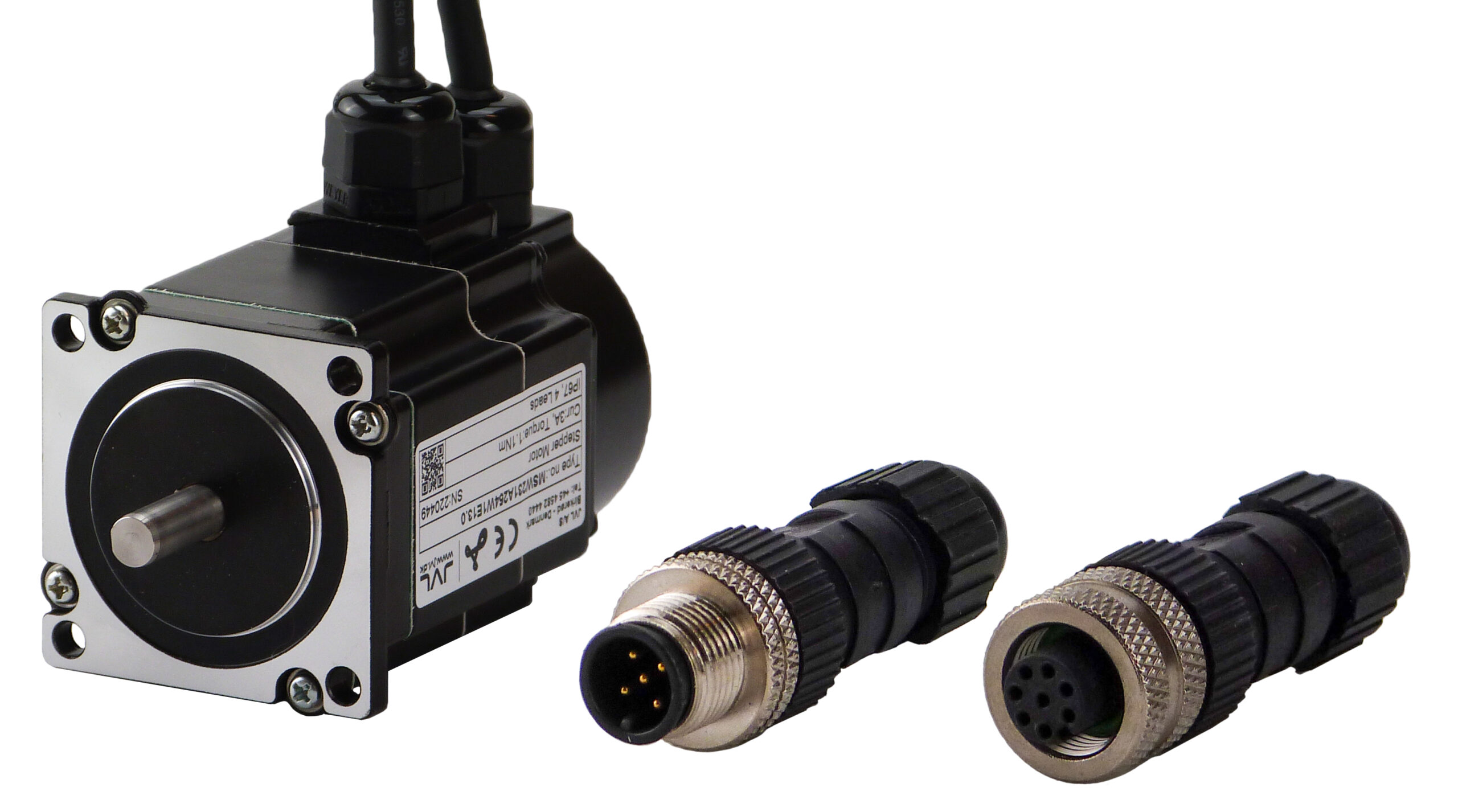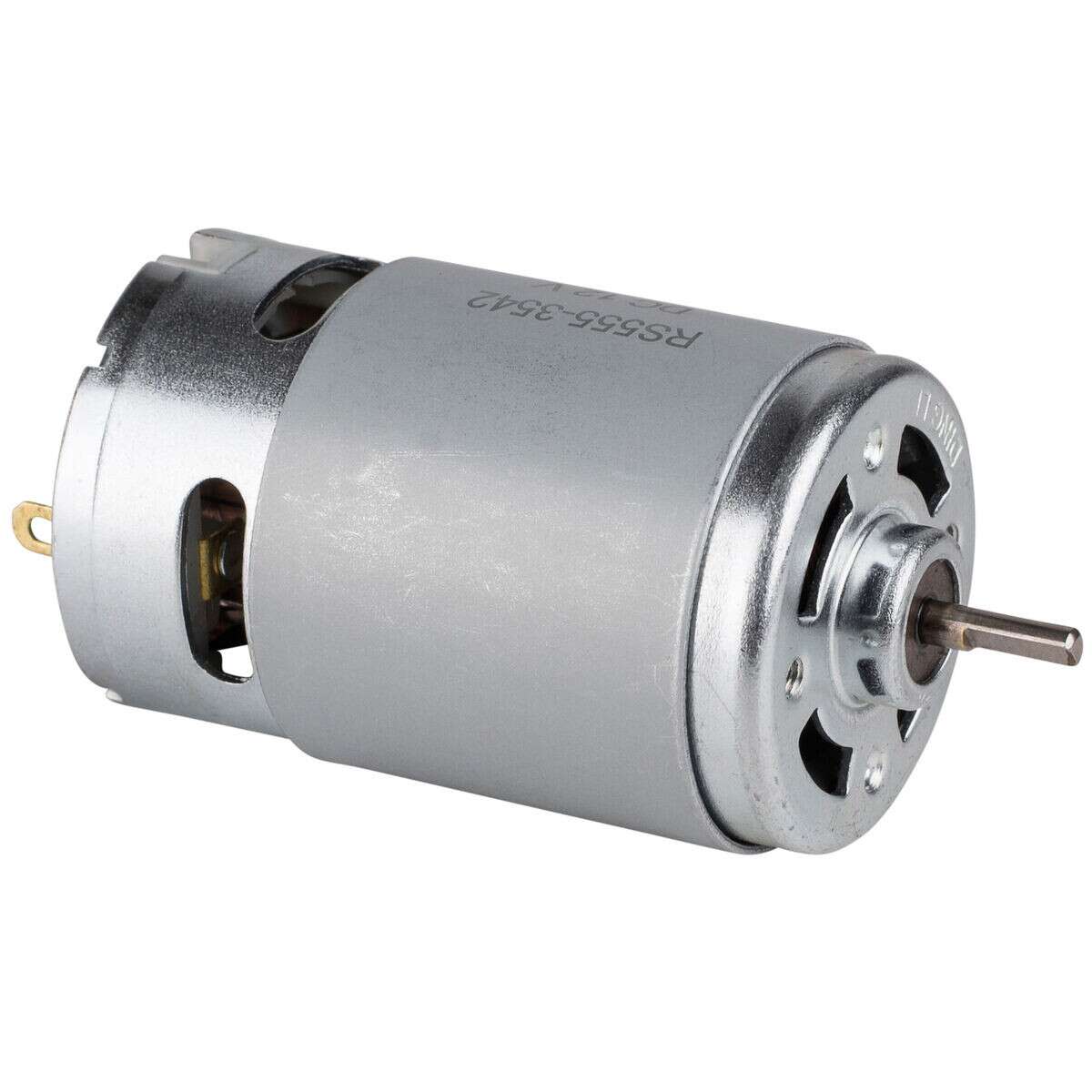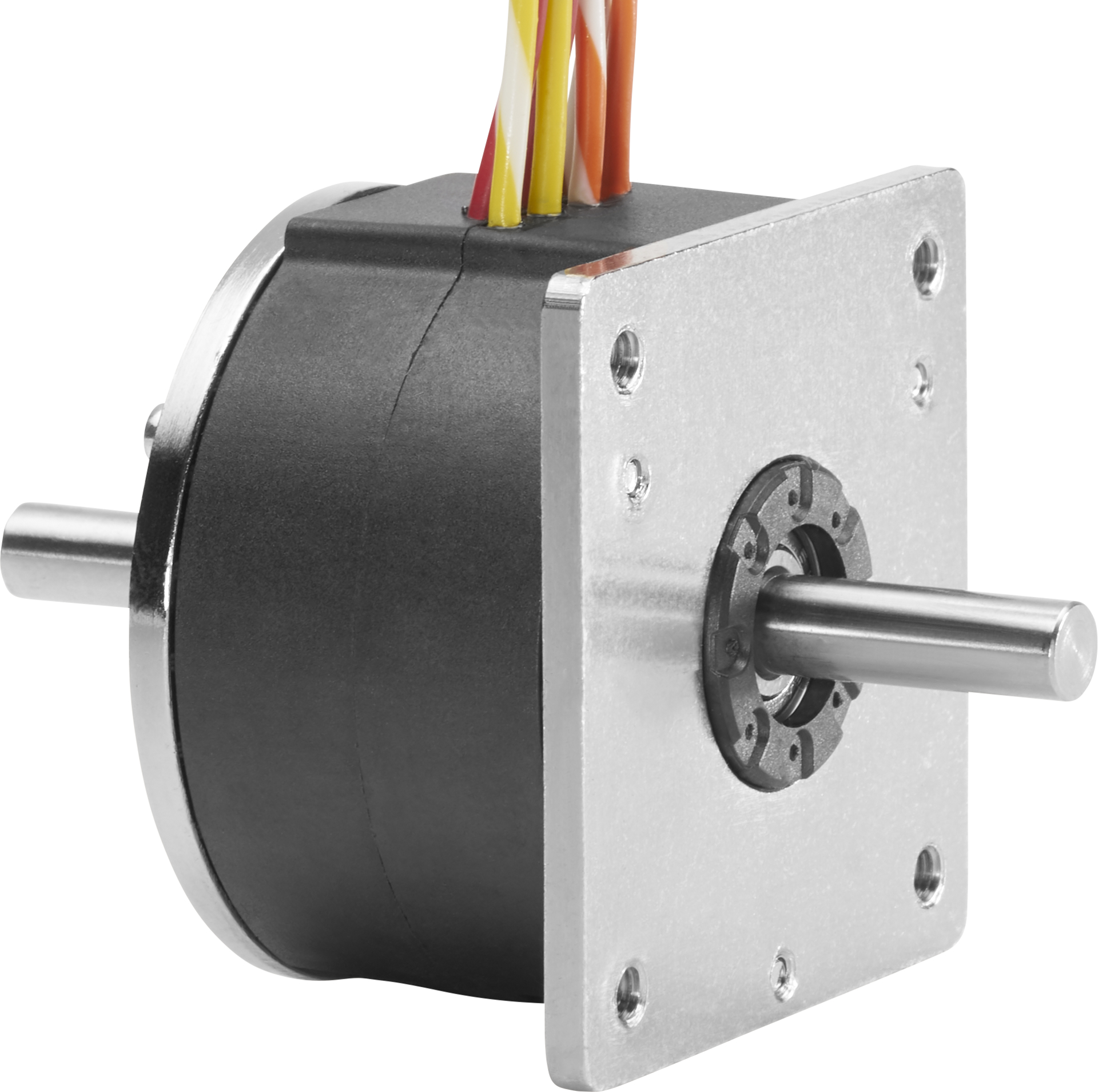From security cameras and fans to DVD players and right down to the vibration in your phone, motors are practically all around us. With so many variables to consider and advancements in motor technology in recent decades, it has become harder to choose the right electric motor for a project. This article aims to help you understand the difference between DC motor and stepper motor so that you may pick the best motor for your application. Read this new article in Linquip to find out more.
What Is a DC Motor?
DC (Direct Current) Motors are two-wire (power & ground), continuous rotation motors. When you supply power, a DC motor will start spinning until that power is removed. Most DC motors run at a high RPM (revolutions per minute). Computer cooling fans or radio-controlled car wheels are examples of Dc motors.
The primary principle that makes a DC motor work is based on how magnets react to each other: like magnetic poles repel and unlike magnetic poles attract. When you look at a DC motor, you will see a coil of wire (armature) and a horseshoe magnet (stator) as part of its basic components. Every time an electric current runs through the coil, an electromagnetic field is generated and aligned to the center of the coil. As you switch the current on or off, the magnetic field is also turned on or off.
What Is a Stepper Motor?
Stepper motors are a type of brushless DC motor where their stator contains many evenly spaced windings of wire that act as magnetic poles when powered, and their rotor is composed of permanent magnet pairs in a gear shape. An electronic motor controller switches the current to each successive stator coil to magnetically lead the rotor from one pole to the next. The reason these motors are known as “stepper” motors is that operators can control which pole to which the rotor jumps, effectively allowing for precise, stepwise rotational movements. Since there are typically 40+ poles in a stepper motor, they can approximate continuous movement with very small increments of rotation. Because the rotor moves from one pole to the next, the position of a stepper motor can be determined at all times, with no correction needed. While not truly continuous motors, stepper motors offer exact positioning when paired with a stepper controller.
The Difference Between DC Motor and Stepper Motor
DC Motor and Stepper Motor both run on DC current, however they differ in some factors. The difference between DC motor and stepper motor are explained considering below factors.
-
Nature of loop
The stepper motor operates in open loop whereas direct current motor operates in closed loop.
-
Control Characteristics
DC motors win over stepper motors when it comes to controllability; while it is easy to control both machines, DC motors simply require an input voltage to its two leads. Adjusting the input voltage will change the motor speed, and reversing the leads will cause the DC motor to reverse directions. Stepper motors are also very easy to use, but require some form of microcontroller to help synchronize their rotor from one pole to the next.
-
Brushes
The Stepper motor is a brushless Motor, but the brushed direct current motor contains brushes which cause problems such as wear and tear and sparks.
-
Motion and displacement
The motion of the stepper motor is incremental, and resolution is limited to the size of the step. DC motor has a continuous displacement and can be controlled accurately and positioned exactly.
-
Response Time
Feedback control with DC motor gives a much faster response time as compared to that of the stepper motor.
-
Effect of Overloading
The stepper motor can be slipped and gets out of control if overloaded and the error cannot be detected easily, whereas in DC motor the relays and overload protecting devices come into at the time of overloading and protect the motor from any damage.
-
Speed Range
The speed range of stepper motors is typically below 2000 RPM, as their torque decreases as speed increases. They are also not meant for continuous use, as stepper motors tend to run hot when powered for long periods of time. DC motors come in a variety of forms, offering a much wider range of speeds as a result. They can also run continuously without much problem, though constant brush maintenance must be done on these motors to do so.
-
Reliability
Both the stepper motor and DC motor are reliable, with caveats. When stepper motors are not run continuously, they can easily reach 10,000 hours of useful life or almost 5 years of use. DC motors can also run this long depending on the type chosen, but require constant maintenance to prevent failure.
-
Efficiency
Since DC motors are a mature technology, their efficiency has been optimized to around 85%, which is quite good for such a simple motor. Stepper motors consume current at max load whenever the stator poles are energized, both reducing the energy efficiency and increasing losses due to heat. Stepper motors are therefore not the best motors if efficiency is of concern.
-
Torque/speed characteristics
Stepper motors provide their maximum torque at low speeds, which makes them especially useful in high precision, holding applications such as robotics and 3D printers. Some DC motors also generate high torques at low speeds, but are more suited towards continuous uses, as their torque is constant over their speed range. The main difference is that, while stepper motors can push harder from rest, DC motors tend to have more sustained output.
-
Cost
Both of these motor types are inexpensive, so the purchase price is of little concern. DC motors and stepper motors are useful for applications where price must be minimized, as they can be bought for under $100, and sometimes even under $10. They do a reasonable job at most prices ranges and are a cheaper alternative to more expensive motors such as brushless motors, induction motors, and so on.
-
Application
DC motors are used for anything that needs to spin at a high RPM e.g. car wheels, fans, drills etc. While stepper motors are suited for 3D printers and similar devices where position is fundamental.
That was everything you needed to know about the difference between DC motor and stepper motor. From this comparison, it is clear that both motors serve different purposes. While they are both cheap and easily controlled, stepper motors give most of their benefit when being used as a precision machine. Comment below and let us know what you think about these two and their differences. And if you have any questions about stepper motor or DC motor, feel free to sign up on Linquip and we will help you right away!

